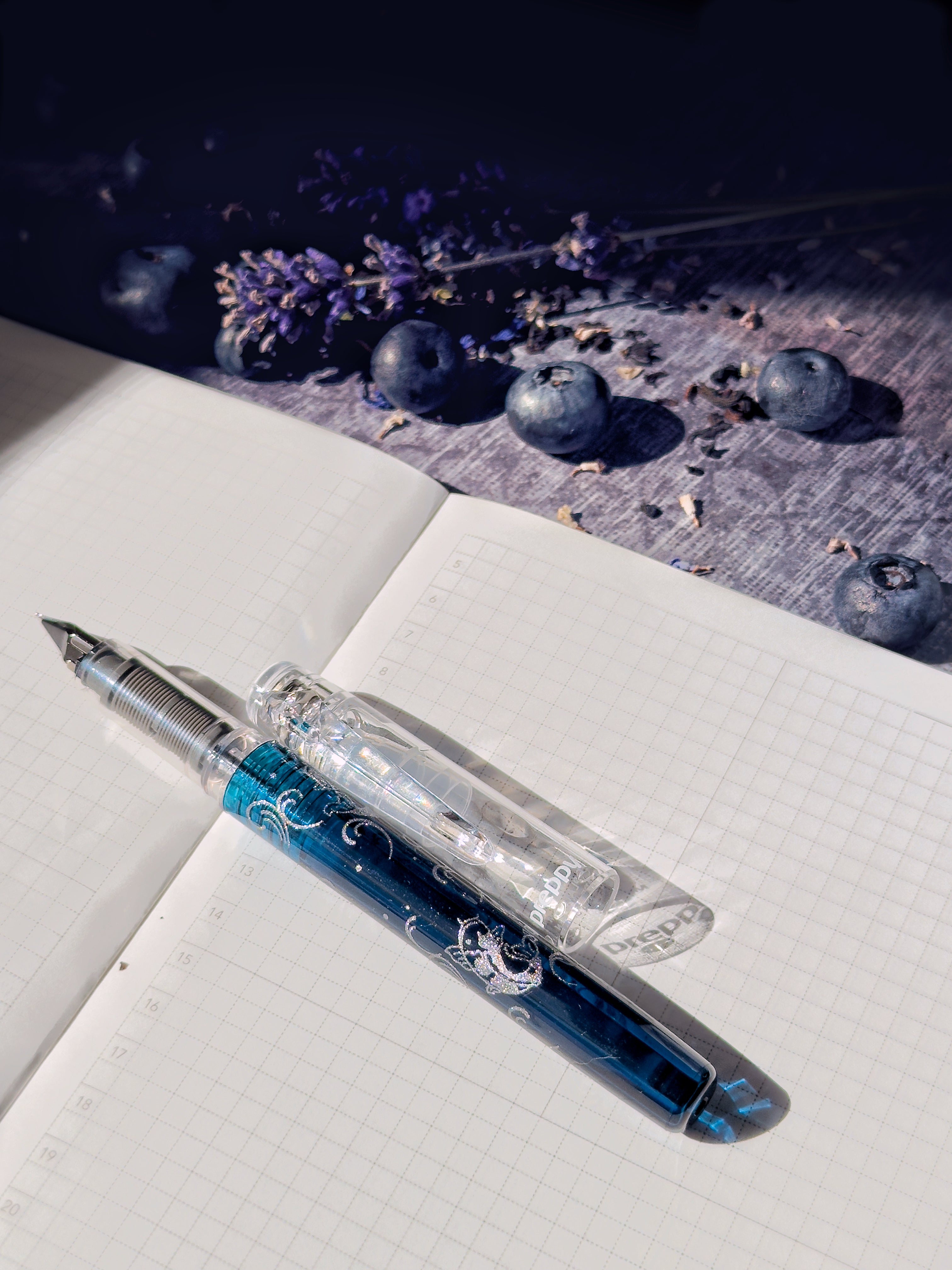Platinum Fountain Pen | Preppy | Wa Maki-e | LIMITED EDITION
Limited Edition Wa Maki-e series.
Since its launch in 2007, the “Preppy” fountain pen series has grown in popularity among a wide range of age groups around the world. These Japanese made pens are perfect beginner fountain pens that are affordable and will give a feel for writing with a nib and the ability to change ink with ink cartridges or refill ink converters.
Features:
- Stainless steel nib
- Slip and seal' Mechanism prevents ink from drying out
- Smooth writing with reliable ink flow
- Fine 0.3mm
Hyotan - Gourd
The fruit of the gourd has a constricted shape in the center, and because of its interesting shape, it was made into a pattern along with the vines and leaves. Because gourds have many seeds, they are popular as auspicious patterns that bring prosperity to descendants. The Sennari gourd, which bears many fruits, is famous as Toyotomi Hideyoshis horse seal.
Nasu - Eggplant
The Japanese word Nasu is a homophone that means "things will go well" and "success," and people have loved it as a pattern that brings good luck. It is said that "Ichi-Fuji, Ni-Taka, San-Nasubi (Mt.Fuji, hawk, and eggplants)" will bring good luck if seen in first dream of New Year, and it is a plant that is familiar to Japanese people.
Tachibana - Citrus tachibana
Tachibana is the only wild mandarin orange in Japan. In Kojiki (records of ancient matters in Japan), Tachibana is described as a plant of Tokoyo no Kuni (the utopia of immortality).
Yanagi ni Koumori - Bats and Willow
In China, the kanji for bat has the same sound as "turning into good fortune," so it is considered an auspicious pattern that symbolizes good fortune and longevity. Japan was also influenced by this and was seen as a symbol of happiness during the Heian period.
Koi no Taki-Nobori - Carp climbing up a waterfall
Carp with strong vitality is considered the chief river fish. And it is also said to be an auspicious pattern that symbolizes success in life, based on an ancient Chinese story that says, "A carp that climbs a rushing waterfall ascends to the sky and becomes a dragon."
Asagao - Morning Glory
Morning glories were introduced in the Heian period for medicinal purposes, and their cultivation became popular during the Edo period, where they began to be depicted in ukiyo-e. Because the seeds are expensive, it is also said to be a symbol of wealth and prosperity. It also has the meaning of "solid bond" because it grows with a strong vine.

































